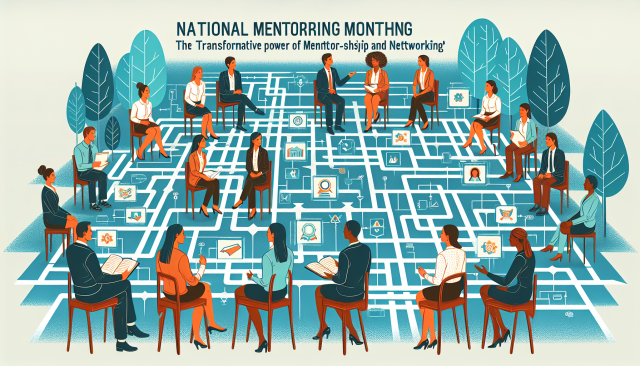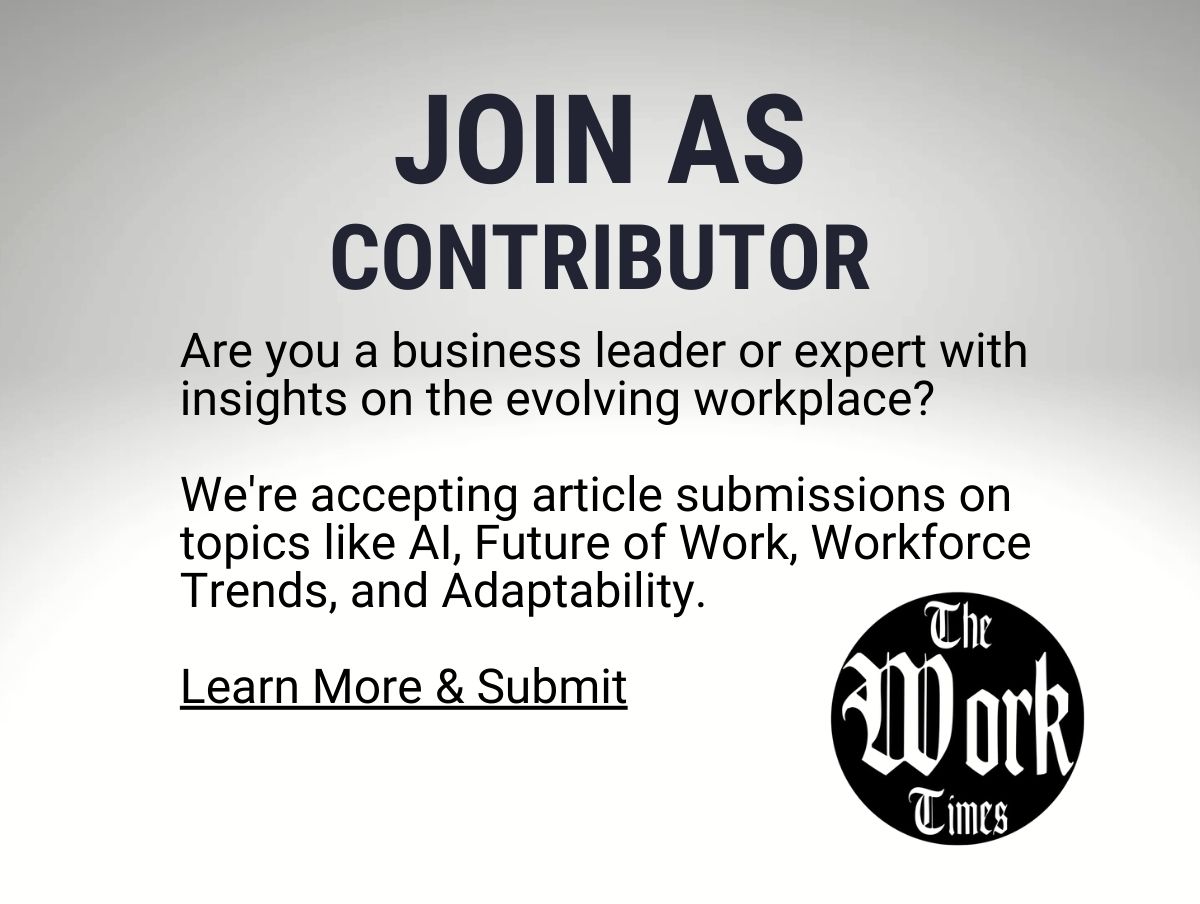Harnessing the Power of Alumni Networks: A Catalyst for Research Professionals' Career Trajectory
In the intricate tapestry of a research professional’s career, innovation and collaboration are the threads that bind our scientific achievements. Yet, one often overlooked source of support and opportunity lies not within the laboratory but within the robust networks we build throughout our academic and professional journeys. Chief among these networks are alumni associations, hives of potential that can significantly influence career advancement for research professionals.
Alumni networks are more than just historical records of graduates; they are vibrant ecosystems of knowledge exchange, career opportunities, and lifelong learning. For research professionals, these networks can become conduits for groundbreaking collaborations, mentorship opportunities, and career growth.
The Hidden Value of Connectivity
The inherent value of alumni networks stems from their diverse and inclusive nature. Spanning continents, industries, and disciplines, they provide research professionals with a wealth of perspectives and experiences. While it’s fundamental to keep pace with developments in one’s specific field, the interdisciplinary insights from an alumni network can inspire innovative thinking and problem-solving strategies.
Research professionals can tap into this vast pool of shared knowledge and expertise to connect with individuals who have taken similar academic paths or who have ventured into complementary fields. Such connections can lead to collaborative research projects, joint publications, and even new ventures.
Mentorship and Guidance
Alumni networks foster mentorship opportunities, where early-career researchers gain guidance from seasoned professionals who have navigated similar challenges. Mentors offer not only technical advice but also career strategies, helping mentees to navigate the often complex landscape of research careers with greater confidence and direction.
In contrast to traditional mentorships, alumni networks can provide access to a variety of mentors with different career trajectories, from academia to industry, thereby broadening a research professional’s understanding of potential career paths. These relationships can inspire research professionals to expand their horizons and think beyond the conventional career trajectory.
Career Opportunities Through Networking
In the realm of career advancement, the adage “it’s not just what you know, but who you know” holds significant weight. Alumni networks can act as invaluable gateways to job opportunities, collaborations, and funding sources. They often facilitate job postings, networking events, and workshops tailored specifically for their members, providing an advantage in a competitive job market.
More importantly, these networks can offer insights into organizational cultures and industry trends that are not readily available through formal channels. By engaging with their alumni network, research professionals can gain insider perspectives that can differentiate them from their peers during job applications or interviews.
Lifelong Learning and Professional Growth
In the ever-evolving landscape of research, continuous learning is paramount. Alumni networks not only keep professionals connected to their roots but also provide opportunities for lifelong learning. Through webinars, conferences, and alumni-led symposiums, research professionals can stay abreast of the latest advancements in their fields and related disciplines.
These learning opportunities enable professionals to hone their skills, learn new methodologies, and stay relevant in a world where technological and scientific advancements occur at a rapid pace. By actively participating in the educational initiatives of their alumni networks, research professionals can maintain their competitive edge.
Conclusion
For research professionals, tapping into the power of alumni networks is not merely a matter of staying connected to a past institution; it is a strategic move towards career advancement and personal growth. These networks offer a tapestry of opportunity, from fostering innovation through diverse connections to providing mentorship and facilitating career growth. By embracing and engaging with these communities, research professionals can forge paths that are not only successful but also transformative.































